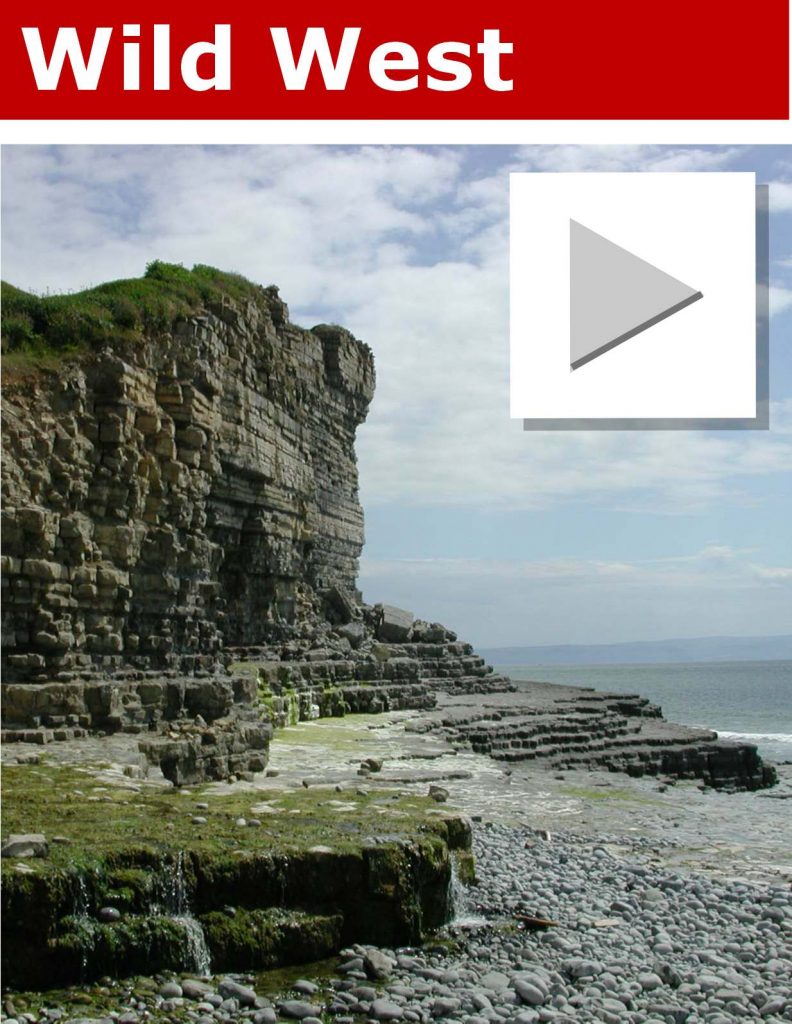Welsh Indians are a supposed tribe of Native Americans of Welsh origin. Several Native American groups have been identified as having Welsh origins, most prominently the Mandans of North Dakota. Welsh Indians are usually claimed to have descended from a colony founded by prince Madoc in 1170. Apart from tall tales, no evidence has ever been found for their existence.
According to legend, Madoc was the son of Owain Gwynedd (himself an actual historical figure), a great but belligerent Welsh king. After Owain’s death Madoc’s brothers fell out with each other and continuously warred for their father’s succession. Weary of the bloodshed, Madoc decided to leave Wales and sailed west, where he reached an unknown land. He left 120 men as a colony and returned to Wales. There he gathered ten ships full of men, women and livestock and returned to his colony. Since then Madoc was never heard of again.
Apparently Madoc was a somewhat well-known figure in Medieval poetry, but most of the references to him surviving today date from after Christopher Columbus, though our earliest reference pre-dates Columbus by at least a decade.[notes 1] A more complete surviving record of Madoc’s adventures dates from a history of Wales published by Humphrey Llwyd in 1559, supposedly based on ancient Welsh sources. In the 16th and 17th century Madoc’s story was occasionally used by the British crown as a legitimation of its colonization of North America. Though the pope had awarded most of the Americas to Spain (apart from Brazil which went to Portugal) in the 1494 Treaty of Tordesillas, the British claimed the Spanish claim was illegitimate because Madoc rather than Columbus was the real discoverer of the Americas. Locations identified as the site of Madoc’s colony include most of the North American East Coast, as well as the Gulf coast of Alabama, Mexico‘s Yucatán peninsula and the Bahamas.
From the 17th century onward an encounter with Welsh Indians became a common theme in stories about the Anglo-American conquest of North America. Most such stories follow a simple formula: a Welshman sets out to the hinterland and is taken prisoner by Native Americans. With his execution imminent, he says something (usually a prayer) in Welsh. His captors recognize his words as their own language and release him. Needless to say, any follow-up expeditions have failed to encounter any Welsh Indians.
Other “evidence” involves archaeological finds from the 1700s, including memorials written in Welsh or Caucasian remains wearing European armor. However, any alleged evidence that may have existed is no longer to be found.[1] Huh.
The first mention of Welsh Indians dates from 1568; by the early 20th century it had become clear that no such people existed. Embarrassingly, in 1953 the Daughters of the American Revolution erected a plaque in Mobile Bay, Alabama commemorating Madoc’s discovery and colonization of that site in 1170. The plaque has since been removed.




